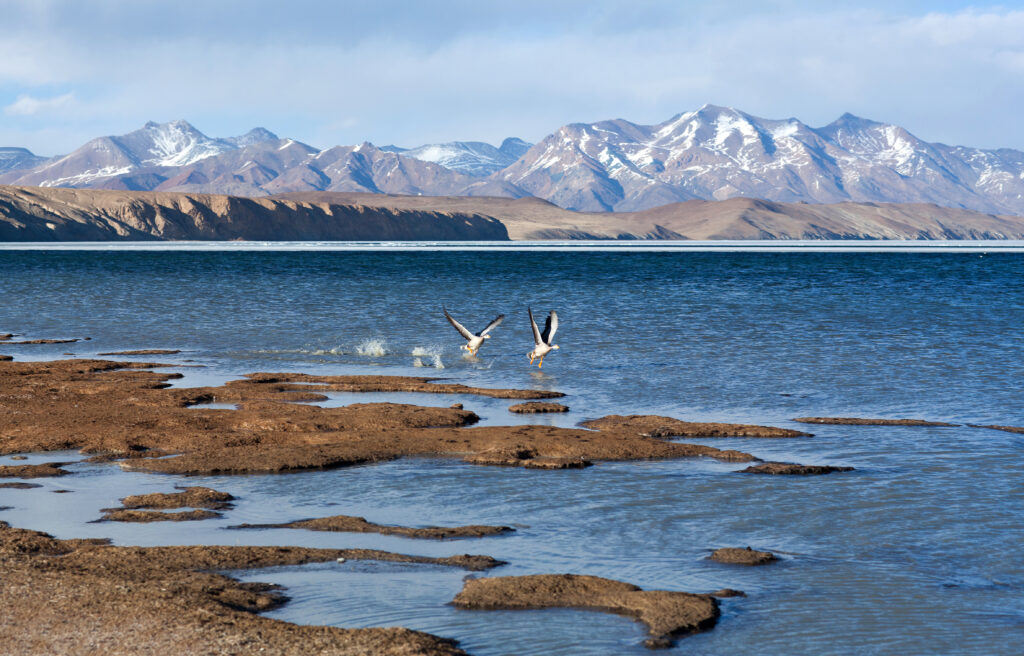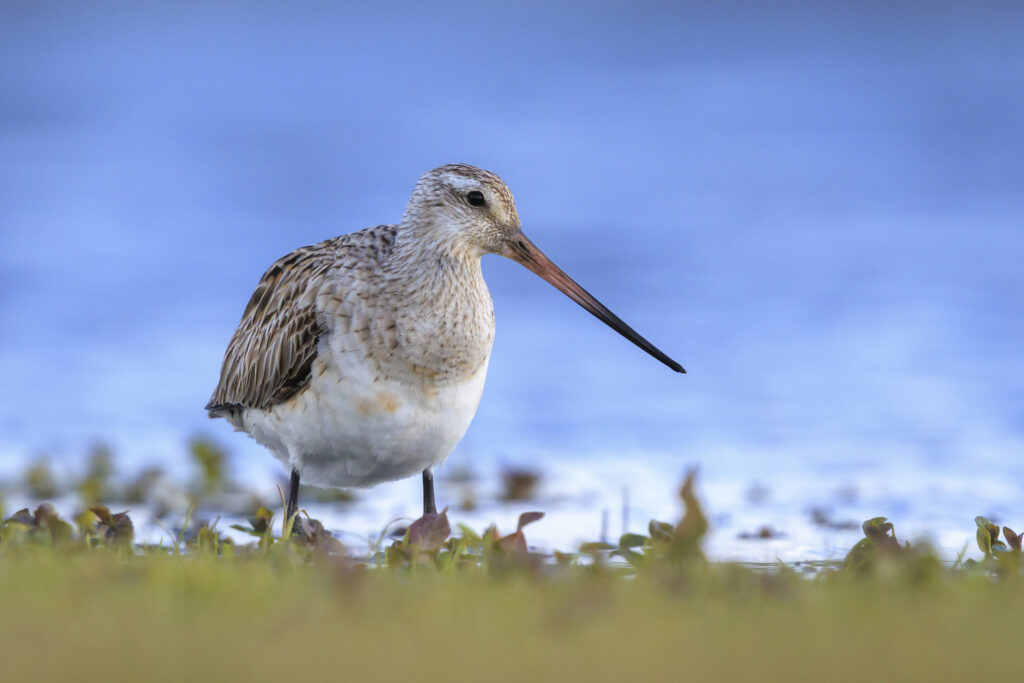
How Bird Migration Keeps the Planet Connected
-
Asian Waterbird Census
-
International Waterbird Census
-
Species
-
Biodiversity
By Nikita Gyanesh
Ever wondered how a creature weighing less than a lemon finds its way across oceans and hemispheres with unerring precision?
Migration is one of the oldest, most complex natural phenomena on Earth, and one of nature’s most remarkable feats. Across continents and oceans, billions of birds follow invisible flyways that reveal how deeply connected people and nature truly are.
How does a bird know where to go?
Migratory birds rely on a blend of built-in senses and learned cues. They can follow the sun and stars, sense the Earth’s magnetic field, recognise landscapes and coastlines, and even navigate by smell. Their internal biological clock helps them stay on course as seasons change. Some young birds learn the route by following adults, while others rely entirely on instinct to traverse vast distances with remarkable precision.
Among the most extraordinary travellers, the Arctic Tern undertakes the planet’s longest known migration of nearly 70,000 kilometres annually. The Bar-tailed Godwit (Limosa lapponica baueri) completes the longest continuous flight ever recorded: 13,560 kilometres non-stop from Alaska to New Zealand. In doing so, it burns half its body weight in fat and even shrinks several internal organs before regenerating them upon arrival.
The Wetlands Beneath the Wings
For this migratory marvel, the survival of migratory birds depends on the wetlands that dot their path. These ecosystems are fuel stops, nurturing grounds, and resting beds on a journey that spans continents.
A tidal flat might appear desolate to our untrained eyes, but if we look closer, it teems with an invisible life. Millions of molluscs, crustaceans, and worms are vital sources of nutrition that sustain thousands of sandpipers and plovers. Mangroves shelter juveniles of fish and crustaceans that, in turn, feed herons and egrets. Peatlands, deltas, and floodplains synchronise with monsoon and melt, offering vital oases of food and rest.

Each of the world’s major flyways is held together by these watery landscapes:
- The East Asian–Australasian Flyway (EAAF) spans 22 countries and supports over 50 million waterbirds, including threatened species such as the Spoon-billed Sandpiper. Yet, today over 65% of the Yellow Sea’s tidal flats (one of their most critical stopovers) have been lost.
- The African–Eurasian Flyway (AEWA) links the Arctic breeding grounds to the wetlands of the Sahel and southern Africa. Here, birds like the Northern Pintail and Ruff rely on seasonally flooded plains whose cycles are now disturbed by altered rainfall and dam constructions.
- The Central Asian Flyway (CAF) that connects Siberia’s wetlands to South Asia’s floodplains serves spectacular (and rare) species such as the Bar-headed Goose.
Did you know? – The Bar-headed Geese are capable of flying over the Himalayas at 9,000 meters, where oxygen is a third of sea-level concentration. - The Americas Flyways, stretching from Arctic tundra to Patagonian estuaries, unite birds like the Red Knot, whose survival depends on horseshoe crab spawning on the Delaware Bay, one of the most precise and time-critical feeding relationships known in nature, where two species, across vast distances and different evolutionary branches, have evolved to meet at exactly the same time each year for survival.

If even one of the wetlands along the flyway disappears, the entire route is impacted. Tracking data from the Red Knot (Calidris canutus) shows a steep population drop when just one key refuelling wetland is lost. These are not local collapses; the chain reactions become global.
Migration as Indicators of our Environment
Migratory birds are early indicators of environmental change. Their timing and routes shift in response to changes in temperature, rainfall, and water levels. When the Sahel’s wetlands dry earlier than usual, European warblers reach breeding grounds in poor condition. When Arctic snow melts ahead of schedule, shorebirds mistime their nesting, and chicks face food shortages.
Even subtle variations in salinity, wind, or light pollution can affect their navigation. For scientists, these disruptions reveal changes in climate and hydrology more accurately than many instruments. A decline in migration signals not only stress on bird populations but on the planet’s ecological systems as a whole.

Birds trust that wetlands they’ve never seen will be there when they arrive. The young Bar-tailed Godwit born in Alaska will set off for New Zealand, having never flown before, guided only by the knowledge of flyways that are inherited. Every successful journey signals that the planet’s ecological processes continue.
The Human Link
Human societies have long synchronised their lives with bird migration. In Mali, the appearance of Garganeys signals flood recession and the onset of planting. In coastal Gujarat, fishers interpret tern movements to locate fish shoals. Across the Arctic, Inuit elders track snow geese migrations as indicators of seasonal change. Migratory birds thus connect ecological systems and human cultures alike.
Today, they also connect us through responsibility. The Spoon-billed Sandpiper travels through 22 nations along the East Asian–Australasian Flyway. Similarly, the White Stork moves between Europe and southern Africa. Their journeys remind us that nature transcends borders, and its conservation must transcend political boundaries, or it fails.
Protecting migratory birds requires us to safeguard the invisible infrastructure beneath them: the wetlands that hold the planet’s water, carbon, and biodiversity in balance. Across continents, Wetlands International and its partners work with flyways to safeguard and restore degraded ecosystems, conduct international census for waterbirds, and strengthen policies under frameworks like the African–Eurasian Waterbird Agreement (AEWA).
Our efforts align directly with the Global Biodiversity Framework Targets 2 and 3, which call for halting ecosystem loss and ensuring effective conservation across 30% of Earth’s land and water by 2030.
Migration reminds us that nothing in nature moves alone. By restoring and safeguarding these ecosystems, we protect the balance between people, nature, and our shared future.
